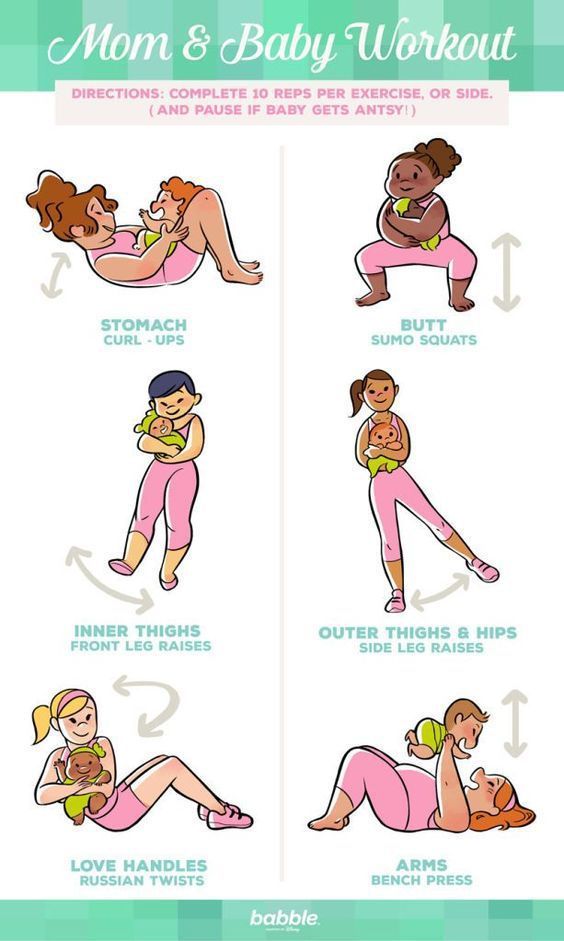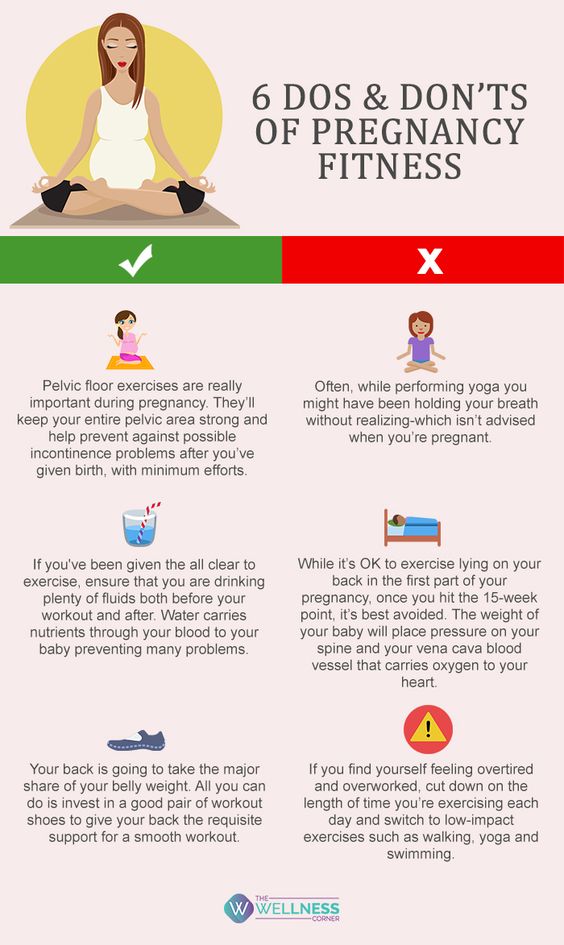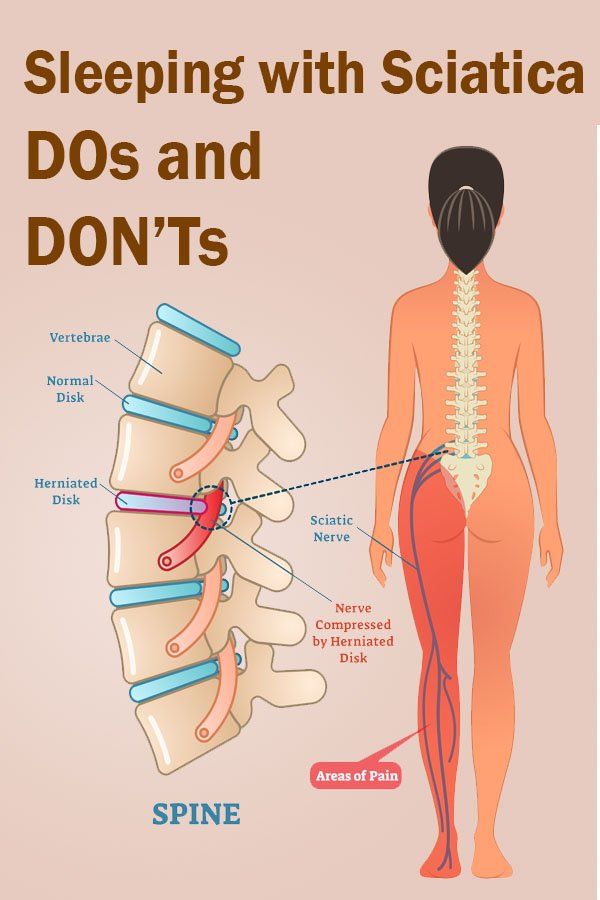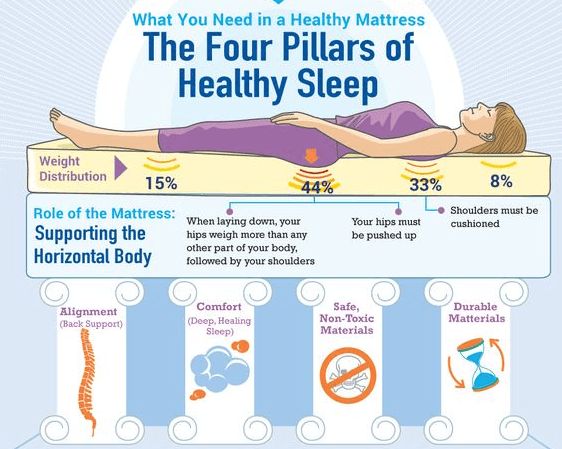Exercises to do after pregnancy
Postpartum Exercise: What to Know About Exercising After Pregnancy
TIPS TO LIVE BY Feb. 17, 2021 - Katie McCallum
Life looks different after having a baby. From your morning routine to your evening routine to your workout routine, almost everything changes.
Speaking of your workout routine...
How soon after giving birth can you start thinking about exercise again?
"Pregnancy and childbirth are accompanied by some pretty significant changes in your body. Exercise can help you heal and recover, but your workouts will look different than what you're probably used to for several weeks," says Dr. Kathleen Mundy, OB-GYN at Houston Methodist. "While many women are eager to burn off baby weight, I recommend thinking of postpartum exercise as a way to reap the lifestyle benefits of physical activity, while also slowly regaining strength in the muscles weakened during your pregnancy. "
Making time for exercise after pregnancy can help you:
- Feel more energized
- Sleep better
- Manage stress more effectively
- Lose weight
- Regain strength in your abdominal muscles
"Regular exercise may also help fight symptoms of postpartum depression, the baby blues some new moms feel after giving birth," adds Dr. Mundy.
How soon after giving birth can you exercise?Like most things exercise, there's no one-size-fits-all answer to how soon is too soon and how much is too much.
"When it's safe for you to start exercising again depends on your how your pregnancy and delivery went. If you had an uncomplicated pregnancy and normal vaginal delivery, you can start doing light exercises as soon as a few days after giving birth. If you experienced a complicated pregnancy or had a cesarean section, your body will likely need more time. Your doctor will help you understand when you can start exercising again," explains Dr.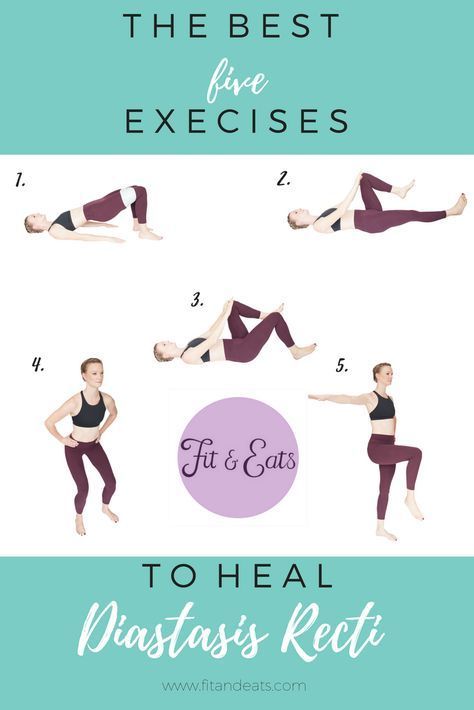 Mundy.
Mundy.
And a certain emphasis needs to be placed on light exercise. Trying to do too much too soon may be tempting — especially if you miss your old workout routine — but it's ill-advised.
"First and foremost, and regardless of your pre-pregnancy fitness level, it's important to start slow and let your body be your guide," recommends Dr. Mundy. "The structural and hormonal changes that happen during pregnancy don't just disappear as soon as your baby is delivered, and overdoing it after pregnancy can result in urine or feces leakages, pelvis discomfort, joint pain and even injury."
Slowly easing into exercise means opting for low-impact workouts — such as walking and postpartum exercises — long before you go for a run or do a HIIT workout. And, as you slowly increase the intensity of your workouts over time, be sure to listen to your body and stop immediately if you feel any pain.
"Most importantly, set realistic exercise goals for yourself. If you're new to exercise and looking to burn some baby weight, keep in mind that, in addition to regaining strength, improving your overall cardiovascular fitness and building muscle takes time.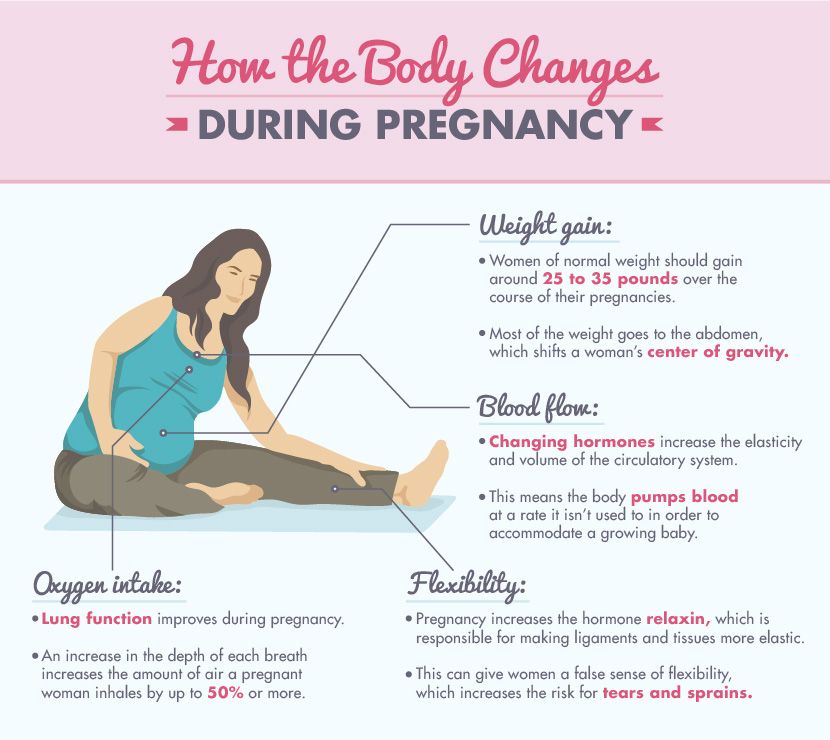 If you're already an avid exerciser, you'll still need to be patient as your body recovers."
If you're already an avid exerciser, you'll still need to be patient as your body recovers."
Pregnancy and childbirth change your body in many ways, but, in particular, they weaken your abdominal and pelvic floor muscles. This is significant because these muscle groups help provide stability and balance while performing daily activities, as well as while exercising.
"After pregnancy, it's very important to regain strength in these muscles, and postpartum exercises are a way to do that," explains Dr. Mundy. "These exercises can help prevent incontinence and pelvic organ prolapse in the future."
A postpartum exercise routine can safely include:
- Pelvic tilt exercise to strengthen your abdominal muscles
- Kegel exercise to strengthen your pelvic floor muscles
- Belly breathing to help re-coordinate your breathing throughout your core
- Happy baby pose to loosen tight pelvic floor muscles
- Walking to improve your cardiovascular fitness and challenge your muscles
"Be very cautious about the type of abdominal and pelvic muscle exercises you do after pregnancy," warns Dr.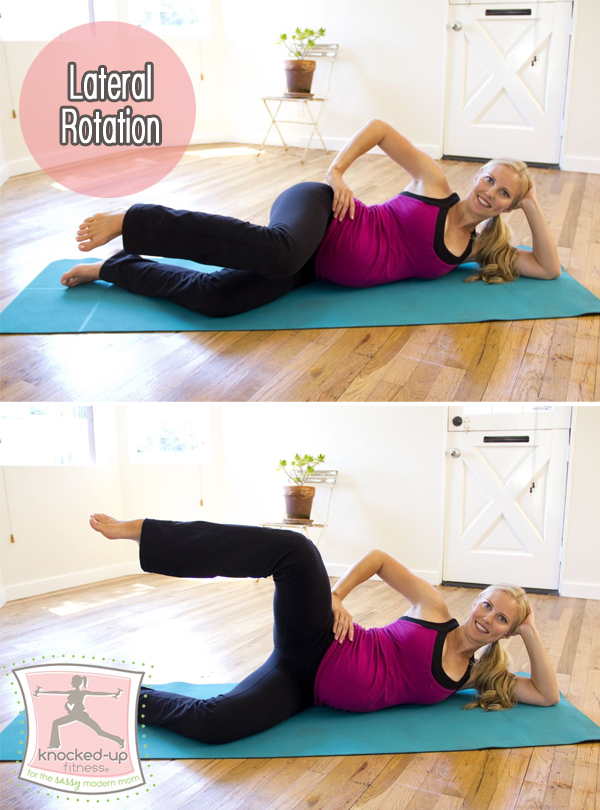 Mundy. "Quickly returning to high-intensity core workouts can strain your weakened abdominal and pelvic muscles and cause pain or injury."
Mundy. "Quickly returning to high-intensity core workouts can strain your weakened abdominal and pelvic muscles and cause pain or injury."
For the first several weeks after giving birth, your exercises won't entail jumping, running, weightlifting or anything rigorous. But once you do get to a healthy fitness level where your workouts really get you moving, you may be wondering how exercise affects breastfeeding.
"There's a misconception that you should breastfeed or pump before your workout, as high-intensity exercise can cause lactic acid buildup in your breast milk, which babies won't eat. This is probably very rare. That being said, I do still recommend that you pump before a workout simply because exercising when your breasts are full can be uncomfortable," explains Dr. Mundy.
Here are some do's and don'ts of exercising while you're breastfeeding:
- Do drink plenty of water
- Do wear a supportive bra that fits properly (not too tight, but not too loose)
- Do gradually increase your activity level
- Don't exercise with full breasts (breastfeed or pump before a workout)
- Don't overdo it — stress and fatigue can reduce your breast milk and increase your risk of a breast infection
Stay up-to-date
By signing up, you will receive our newsletter with articles, videos, health tips and more.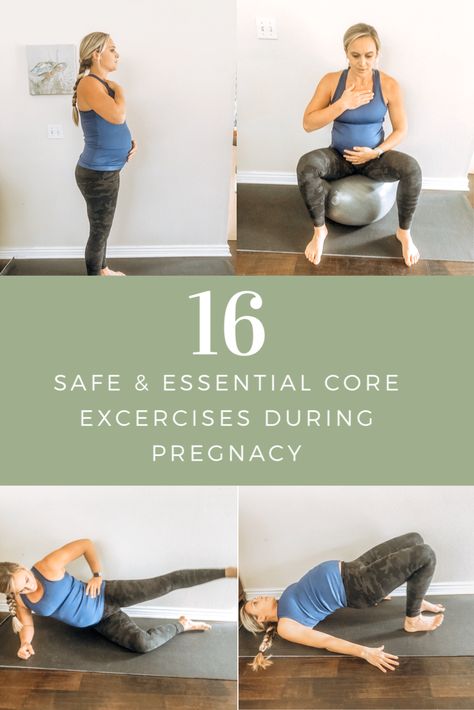
Please Enter Email
Please Enter Valid Email
Safe return to exercise after pregnancy
Safe return to exercise after pregnancy | Pregnancy Birth and Baby beginning of content6-minute read
Listen
Exercise can help you recover after childbirth, make you stronger and improve mood. Even if you're tired and not feeling motivated, there's plenty you can do to get your body moving. But no two pregnancies are the same. How soon you're ready to start exercising depends on your individual circumstances – so always check with a health professional first.
Exercise is beneficial for mums
Regular exercise after you've had a baby will strengthen and tone your muscles, help you recover from labour if you gave birth vaginally, and raise your energy levels so you feel less tired.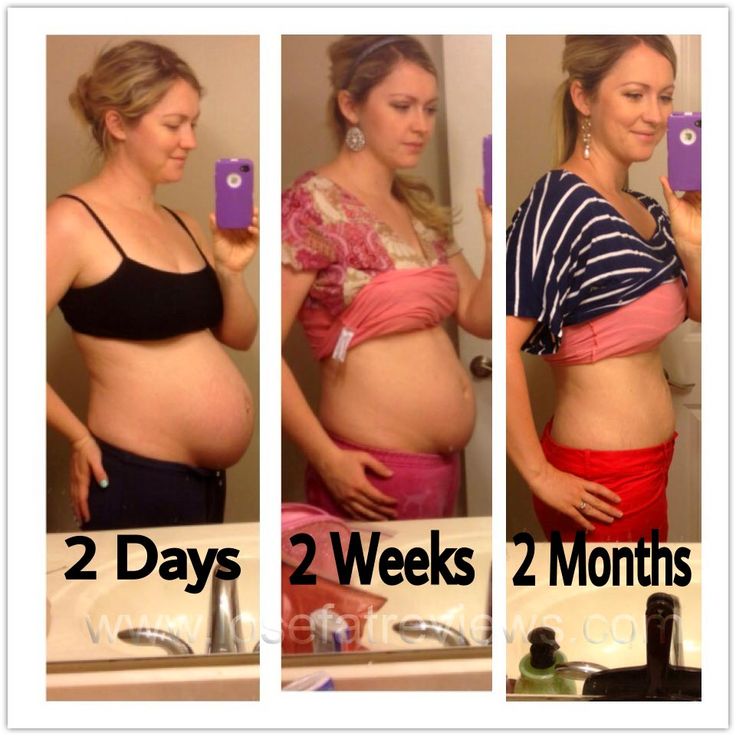 It may help you to also lose weight and become fitter.
It may help you to also lose weight and become fitter.
Exercise is good for your mental wellbeing. It can relieve stress and help prevent postnatal depression. You are also more likely to get outside and meet people. But don't worry about not getting enough exercise. Caring for a newborn can be hard work, and you might not have the energy or time to work out as regularly as you'd like. Do the best you can – even 10 minutes is better than nothing.
How your body changes after pregnancy
When you feel ready to exercise, it's very important to not to overdo it. Even if you're feeling great after having your baby, your body will have gone through big changes and needs time to recover.
Labour and birth can cause physical problems including back pain and a leaky bladder, both of which can be made worse by vigorous exercise. Pregnancy hormones can affect your joints and ligaments for up to 6 months after the birth, putting you at greater risk of injury.
Your abdominal muscles may have separated during the pregnancy.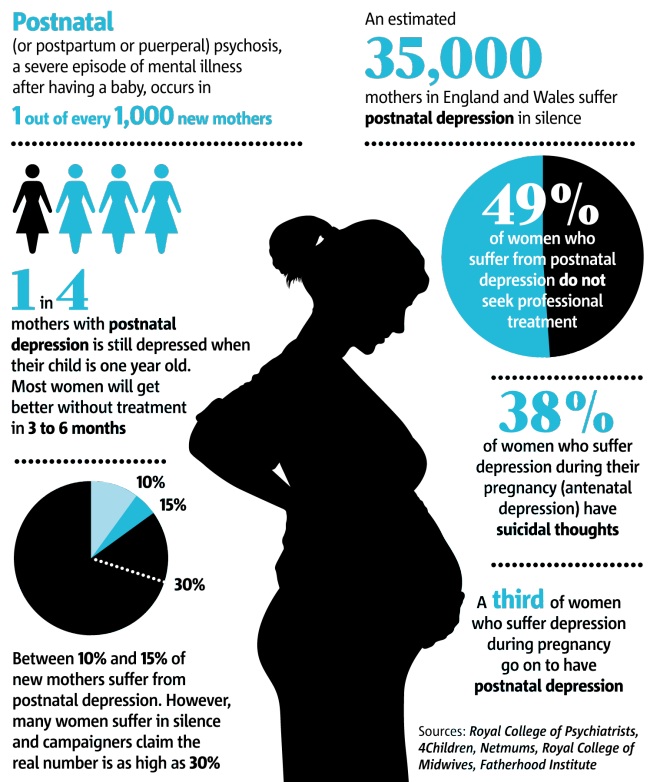 They usually go back to normal after the birth, but sometimes they can stay separated. You will need to do exercises to strengthen these muscles to avoid back pain and injury.
They usually go back to normal after the birth, but sometimes they can stay separated. You will need to do exercises to strengthen these muscles to avoid back pain and injury.
Your pelvic floor – the muscles and ligaments that support the bladder, uterus and bowel – can be weakened after pregnancy, especially if you had a large baby or pushed for a long time.
Regular exercises will help to strengthen your pelvic floor. But you should take care not to do more damage by exercising too vigorously too soon. Be careful of using heavy weights or doing high-impact exercise, as this can increase your chance of prolapse (when an organ, such as the uterus, drops down).
How quickly you return to exercise depends on how fit you were before you had the baby, and what happened during the labour.
Returning to exercise after vaginal birth
You can start doing gentle pelvic floor and abdominal exercises the first day or two after the birth. If you feel any pain, stop.
When you feel like it, start with a gentle walk, perhaps while pushing the pram.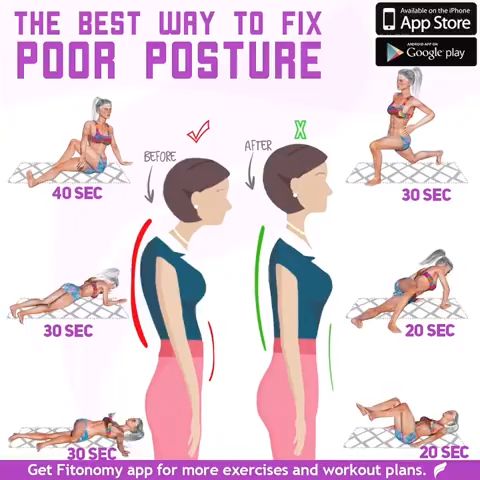 Then, at your own pace, gradually increase the time and pace of your walks. Build up to a 30-minute walk every day if you can.
Then, at your own pace, gradually increase the time and pace of your walks. Build up to a 30-minute walk every day if you can.
Avoid swimming until the bleeding has stopped for 7 days and you've had your postnatal check with the doctor or obstetrician (6 to 8 weeks after the birth).
Wait until your 6-week postnatal check-up before you go back to the gym or start a group exercise program. It's best not to return to your previous level of physical activity until 16 weeks after the baby is born.
Returning to exercise after caesarean
A caesarean is a major operation and it will take you at least 6 weeks to heal. However, you can still do pelvic floor exercises from the first day after the birth. You can start to exercise your abdominal muscles as soon as you feel able to. Avoid sit ups, crunches or abdominal curls, as these put pressure on the scar.
Avoid lifting heavy weights. Tighten your tummy and keep your back straight if you need to lift something around the house.
After 6 to 8 weeks, you will still be healing inside. It is OK to start walking, do low-impact aerobics or cycle. Stop if there is any discomfort, pain or a pulling sensation on your scar and try again a couple of weeks later.
You should avoid high-impact exercise for 3 to 4 months after your caesarean. Don't go swimming until the bleeding has stopped for 7 days and you've had your postnatal check with the doctor or obstetrician (6 to 8 weeks after the birth).
Low-risk exercise for mums
The following exercises are suitable in the days after you have your baby:
- Abdominal exercises, or 'abdominal bracing' Choose one of these positions: sitting, standing, lying on your side, lying on your back, or kneeling on all fours. Pull in your lower tummy towards your spine. Hold for 5 to 10 seconds and breathe normally. Repeat 8 to 12 times, 4 times a day.
- Pelvic floor exercises Sit and lean slightly forward with a straight back.
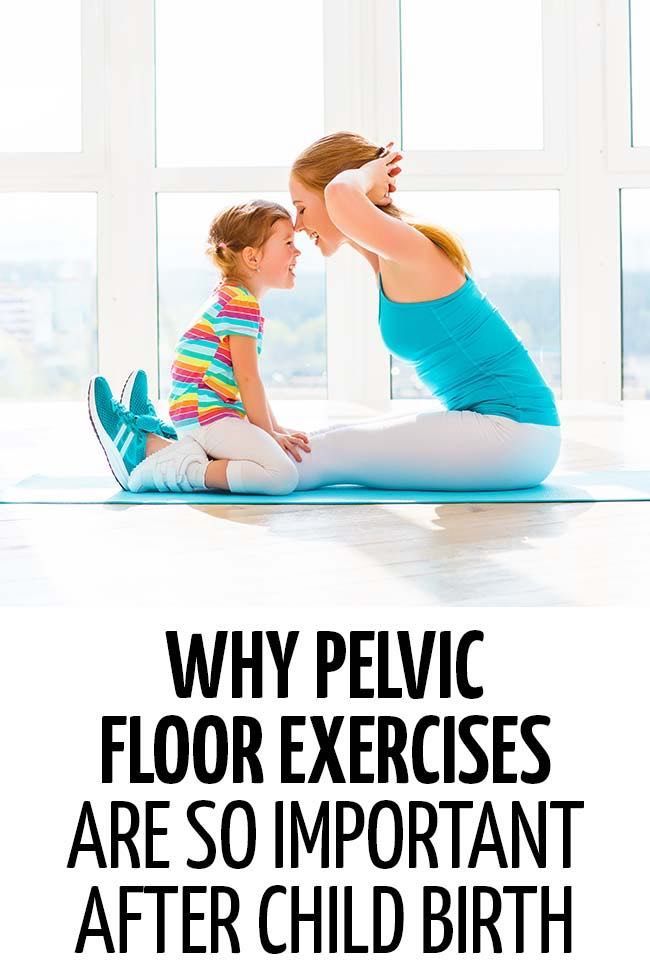 Squeeze and lift the muscles around your vagina as if you are trying to stop a wee. Hold as you count to 8; relax for 8 seconds. If you can't hold for 8, just hold as long as you can. Repeat about 8 to 12 times.
Squeeze and lift the muscles around your vagina as if you are trying to stop a wee. Hold as you count to 8; relax for 8 seconds. If you can't hold for 8, just hold as long as you can. Repeat about 8 to 12 times.
Other exercises that are safe after pregnancy include:
- walking
- swimming and aqua aerobics (once the bleeding has stopped)
- yoga
- Pilates
- low-impact aerobics
- light weight training
- cycling
You can incorporate exercise into your day – for example, when you meet up with friends, or while you're doing other tasks (doing pelvic floor exercises while you're breastfeeding or driving, for example). Walk with your baby in the pram rather than driving, or do your abdominal exercises on the floor next to your baby.
For at least 3 months, try to avoid heavy weights, sit ups and high-intensity aerobic activity such as running and tennis.
When to be concerned
Before you start any high-impact exercises, cough or jump with a full bladder to see if you leak any urine.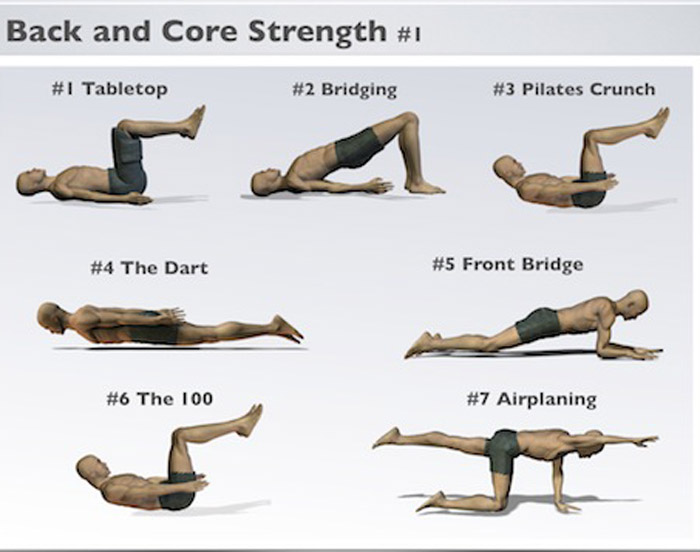 If you don't, you're probably ready to exercise.
If you don't, you're probably ready to exercise.
If you're still leaking urine 3 months after the birth, talk to your GP or a physiotherapist about strengthening your pelvic floor. You can find a physio near you using the Service Finder.
If you have trouble emptying your bowel or bladder, feel a sense of pressure in your vagina or notice a bulge or swelling in your vagina, you may have a prolapse. See your doctor.
Where to seek more information
- Talk to your doctor or maternal child health nurse.
- Call the National Continence Helpline on 1800 33 00 66.
- Download the free Continence Foundation of Australia Pelvic Floor First app, available on both Android and Apple devices.
Speak to a maternal child health nurse
Call Pregnancy, Birth and Baby to speak to a maternal child health nurse on 1800 882 436 or video call 7 days a week.
Sources:
The Royal Women’s Hospital Victoria (Abdominal Muscle Separation or Diastasis), Jean Hailes for Women's Health (Prolapse & bladder weakness), The Royal Women’s Hospital Victoria (Exercise), Sports Medicine Australia (Exercise in pregnancy and the postpartum period)Learn more here about the development and quality assurance of healthdirect content.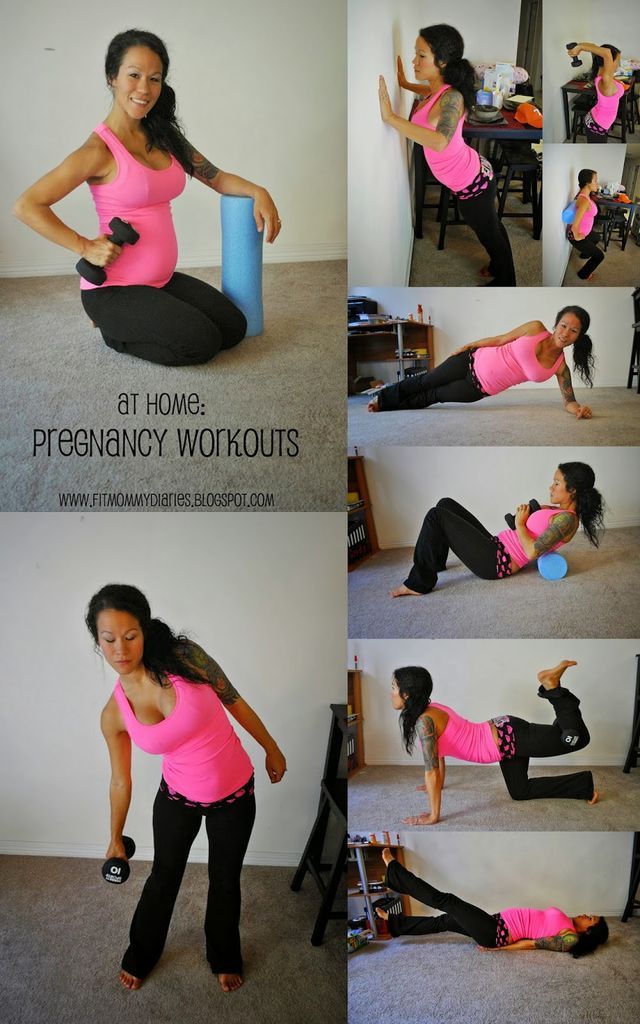
Last reviewed: May 2020
Back To Top
Related pages
- Body image after having a baby
- Physiotherapy advice after pregnancy
- What happens to your body in childbirth
Need more information?
Physiotherapy advice after pregnancy
When you are pregnant, your body changes. Read about simple exercises and healthy habits to help cope with these changes.
Read more on Pregnancy, Birth & Baby website
Bladder weakness after birth
Leaking urine after childbirth is very common. It can be embarrassing and inconvenient, but there are ways to improve bladder weakness.
Read more on Pregnancy, Birth & Baby website
Looking after your body after having a baby
Over the last 9 months, your body has had to change to accommodate your growing baby and preparing to give birth.
Read more on Pregnancy, Birth & Baby website
Postnatal exercise - sample workout - Better Health Channel
Make sure your abdominal muscles have healed before you do any vigorous tummy exercises, such as crunches.
Read more on Better Health Channel website
Exercising during pregnancy
Doing regular moderate physical activity has health benefits during pregnancy and also helps to prepare the body for childbirth. Read about getting fit during pregnancy.
Read more on Pregnancy, Birth & Baby website
Anatomy of pregnancy and birth - perineum and pelvic floor
The perineum – the skin between the vagina and anus - stretches during childbirth and can sometimes tear.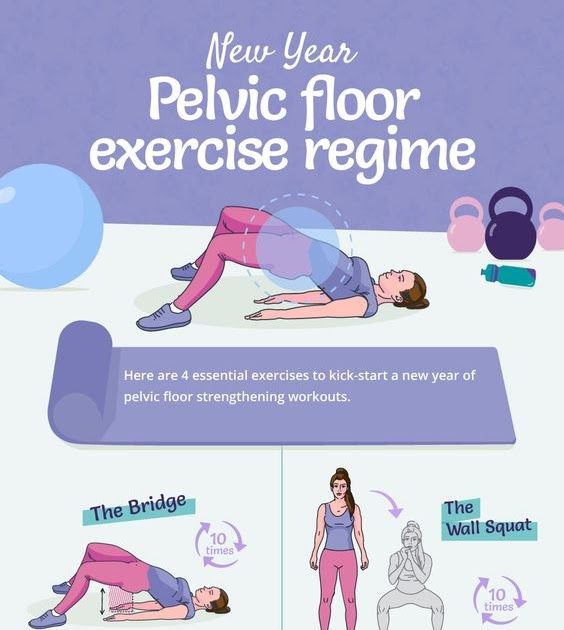 Learn here how to prepare the perineum for the birth.
Learn here how to prepare the perineum for the birth.
Read more on Pregnancy, Birth & Baby website
Pelvic floor exercises
Pelvic floor exercises help to strengthen the muscles of the pelvic floor which come under great strain in pregnancy and childbirth.
Read more on Pregnancy, Birth & Baby website
Pregnancy: your essential guide | Raising Children Network
Our pregnancy guide has essential tips on antenatal care, healthy eating, exercise, morning sickness, your pregnant body, emotions, relationships and more.
Read more on raisingchildren.net.au website
Recovery after a caesarean
Recovery after a caesarean section - whether it's an emergency or planned - will take several weeks. Find out what to expect after you have had your baby.
Find out what to expect after you have had your baby.
Read more on Pregnancy, Birth & Baby website
Periods after pregnancy
After you've had your baby, you might be wondering how long until your periods return and if they will be the same as before your pregnancy.
Read more on Pregnancy, Birth & Baby website
Disclaimer
Pregnancy, Birth and Baby is not responsible for the content and advertising on the external website you are now entering.
OKNeed further advice or guidance from our maternal child health nurses?
1800 882 436
Video call
- Contact us
- About us
- A-Z topics
- Symptom Checker
- Service Finder
- Linking to us
- Information partners
- Terms of use
- Privacy
Pregnancy, Birth and Baby is funded by the Australian Government and operated by Healthdirect Australia.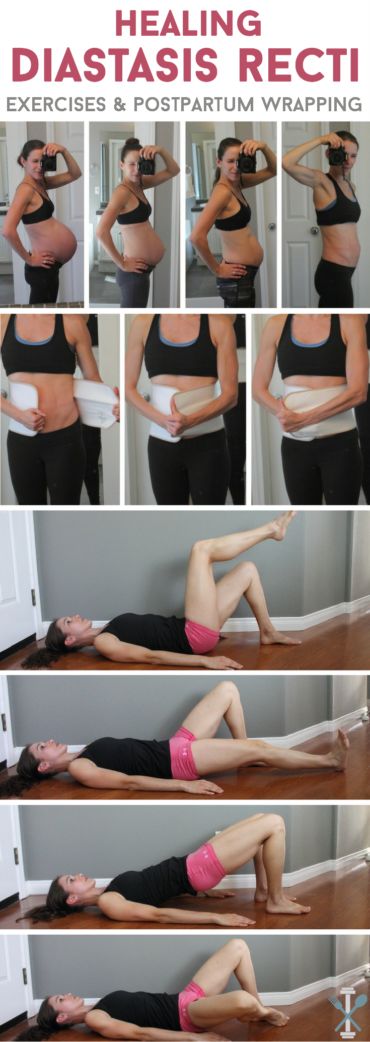
Pregnancy, Birth and Baby is provided on behalf of the Department of Health
Pregnancy, Birth and Baby’s information and advice are developed and managed within a rigorous clinical governance framework. This website is certified by the Health On The Net (HON) foundation, the standard for trustworthy health information.
This site is protected by reCAPTCHA and the Google Privacy Policy and Terms of Service apply.
This information is for your general information and use only and is not intended to be used as medical advice and should not be used to diagnose, treat, cure or prevent any medical condition, nor should it be used for therapeutic purposes.
The information is not a substitute for independent professional advice and should not be used as an alternative to professional health care. If you have a particular medical problem, please consult a healthcare professional.
Except as permitted under the Copyright Act 1968, this publication or any part of it may not be reproduced, altered, adapted, stored and/or distributed in any form or by any means without the prior written permission of Healthdirect Australia.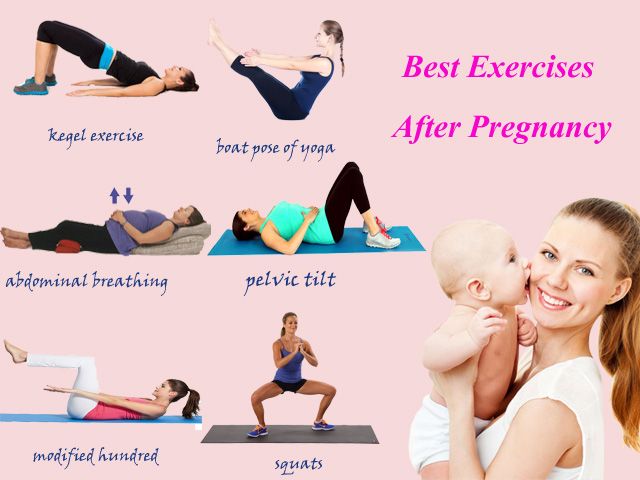
Support this browser is being discontinued for Pregnancy, Birth and Baby
Support for this browser is being discontinued for this site
- Internet Explorer 11 and lower
We currently support Microsoft Edge, Chrome, Firefox and Safari. For more information, please visit the links below:
- Chrome by Google
- Firefox by Mozilla
- Microsoft Edge
- Safari by Apple
You are welcome to continue browsing this site with this browser. Some features, tools or interaction may not work correctly.
Sports after childbirth - 7 exercises for recovery | Thule
Postpartum Sports - 7 Recovery Exercises | Thule | Russia- The company has stopped shipments of all products to the Russian market until further notice. As a consequence of the foregoing, retail purchases of products and parts may not be available.
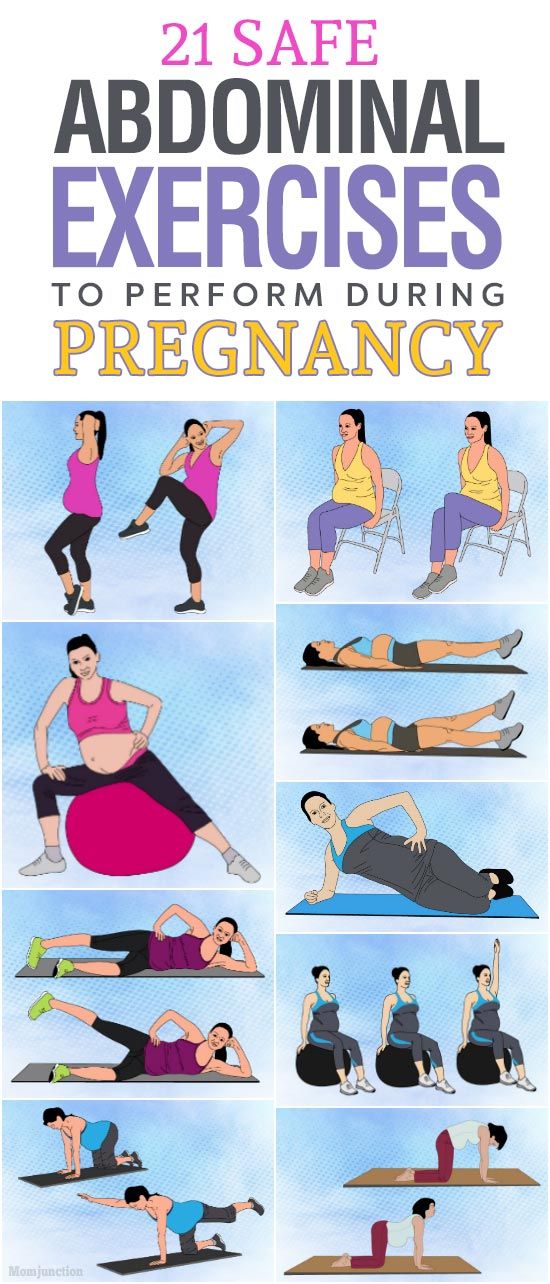
- Check out our gift guide!
- Main page
- /
- Articles
- /
- Tips
- /
- Sports after childbirth - 7 exercises for recovery
It looks like you're coming from Germany. Want to go there?
Model Number:
Status:
Go to basket
Tips
Is it safe to exercise after childbirth? What types of training are suitable for women who have recently given birth? Check out our tips for more.
It is not easy to go in for sports right after giving birth. In addition, taking care of a baby is also a kind of sport! However, exercise helps to strengthen the muscles weakened during childbirth, and even get rid of pain.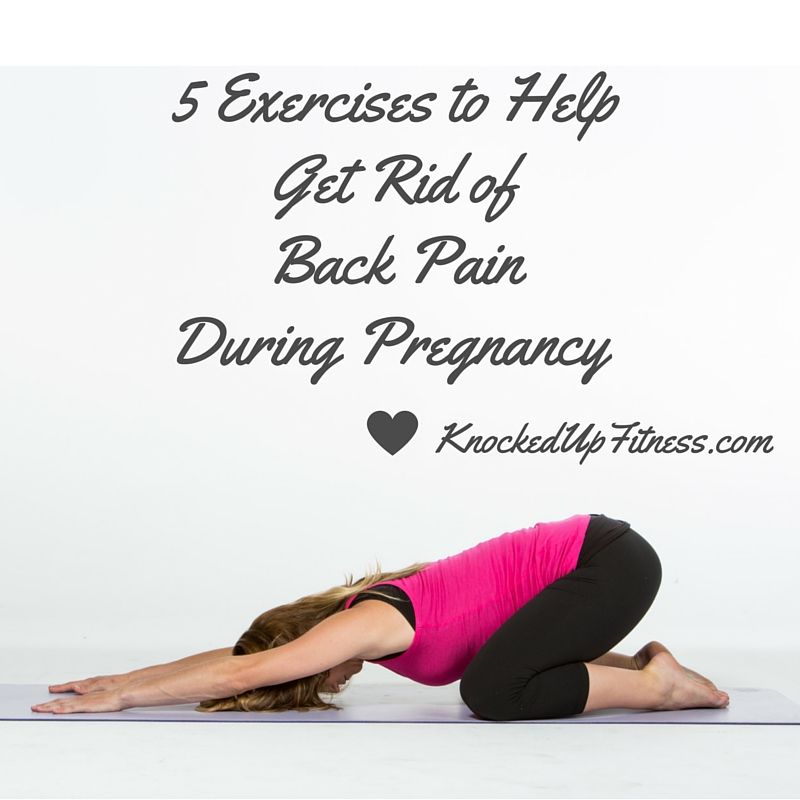
European and American experts recommend that women who have recently given birth should do about 150 minutes of light sports every week, evenly spreading this time throughout the week. Of course, after you have given life to a new person, not everything will work right away. Take your time, listen carefully to your body - and, of course, consult your doctors regularly!
Here is our postpartum recovery exercise program:
Recommended postpartum recovery exercise:
- Pelvic floor exercises
- Walk
- Fast walking
- Jogging
- Stretching
- Strengthening the abdominal muscles
- Riding an exercise bike
Pelvic floor exercises
0037 Kegel exercises , squats or glute exercises which can be performed immediately after childbirth. As you might have guessed, they strengthen the pelvic floor muscles that control the bladder and bowels.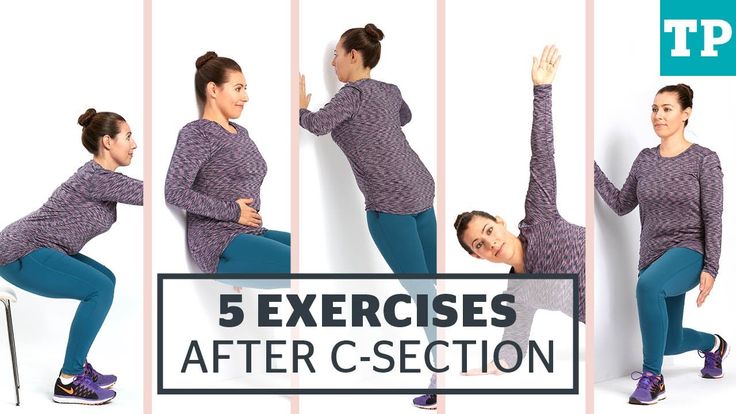 During pregnancy, these muscles weaken, but glute exercises and the like will help you get them in shape without overstretching.
During pregnancy, these muscles weaken, but glute exercises and the like will help you get them in shape without overstretching.
Squats
Stand with your feet hip-width apart, keep your back straight, bend your knees, and lean as low as you can. Return to the starting position and repeat the exercise.
Exercise for the gluteal muscles
Lie on your back, bend your knees, arms at your sides. Squeeze your buttocks and lift your hips. Return to the starting position and repeat the exercise.
Walk
Take your baby for a walk! This is a low-intensity aerobic exercise that will give you energy and allow you to enjoy fresh air. For active women who are ready to resume jogging as soon as possible after pregnancy, a jogging stroller is perfect, which can be equipped with a cradle or child car seat for a newborn. You can use it as a stroller at first, and then (at around six months of age) swap out the carrycot for a toddler seat and start running with your baby.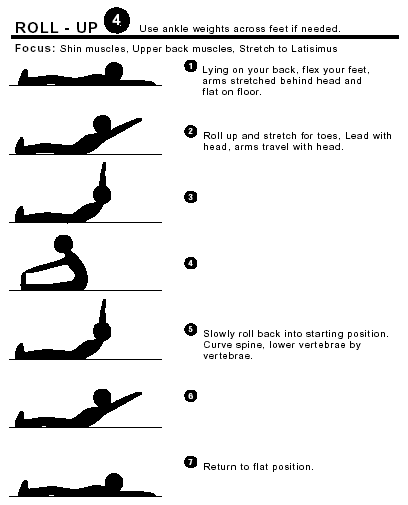
Walking briskly
As you begin walking and doing pelvic floor exercises, you will gradually increase the amount of exercise—for example, walking faster and further to "get the blood going." Attach a mug holder to your stroller so you don't get thirsty. If your stroller is strong enough for cross-country walking, you can even take a walk in a park or forest.
Jogging
Why not take up running as soon as the doctors allow? When your baby is 6 months old, he can even join you in a jogging stroller! See our tips for running with babies here.
If you've used a jogging stroller with carrycot or a newborn car seat in the past, simply replace them with a toddler seat and you won't have to buy a new stroller.
Stretching
Many women experience aching muscles after childbirth, particularly in the lower back, neck and hips. In addition to caring for a newborn, your physique changes after pregnancy: some muscle groups become stronger, others weaken.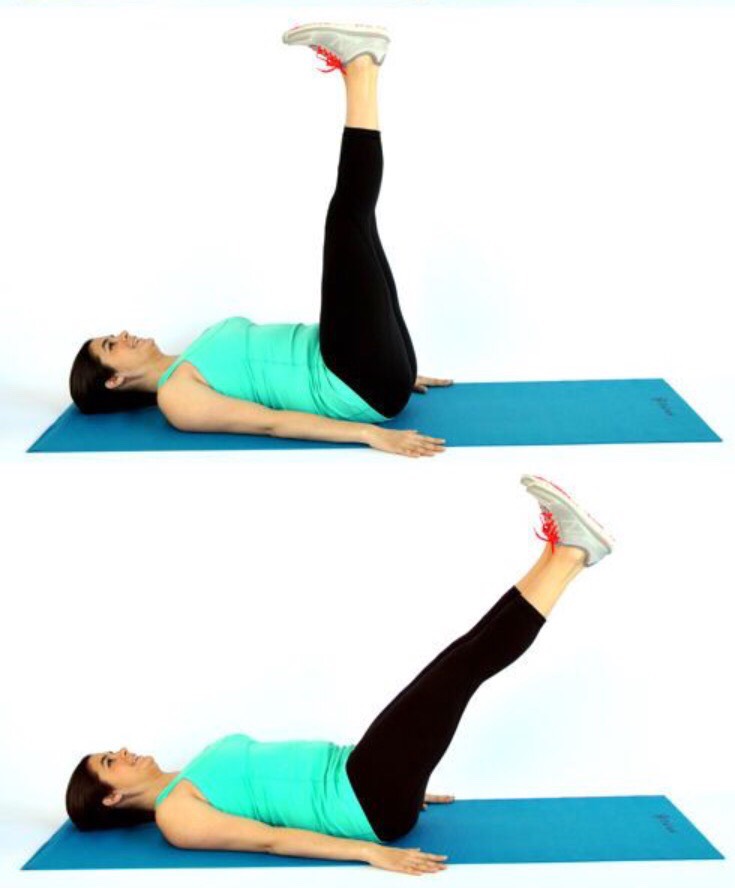 Stretching exercises for the lower back, chest, neck, and hips are ideal for postpartum recovery. By helping these muscles relax, you reduce the stress on your joints, thereby reducing pain.
Stretching exercises for the lower back, chest, neck, and hips are ideal for postpartum recovery. By helping these muscles relax, you reduce the stress on your joints, thereby reducing pain.
Start with a simple stretch, such as hamstring muscles or lateral neck muscles . Then you can move on to something more advanced, like Kneeling Hip Flexor Stretch , Standing Shoulder Stretch (you can lean on a chair) or Backward Bends to stretch the hips .
neck stretch
Tilt your head to the right and left, helping yourself with your hand.
Kneeling hip flexor stretch
Get on your knees, put one foot in front of you, at an angle of 90 degrees. Lean forward and stretch. Change your leg and repeat the exercise.
Stretching the thigh muscles from a prone position
Lie on your back, bend and lift your left leg at a 90 degree angle. Pull your leg towards you with your right hand. Bend your right leg and place it over your left so that it forms a triangle. With the palm of your left hand, push your right leg away from you for a deep stretch. Change your leg and repeat the exercise.
Pull your leg towards you with your right hand. Bend your right leg and place it over your left so that it forms a triangle. With the palm of your left hand, push your right leg away from you for a deep stretch. Change your leg and repeat the exercise.
Strengthening the abdominal muscles
During the recovery period after childbirth, women are advised to do exercises to strengthen the abdominal muscles. The crunch is a great choice as it strengthens the obliques and even the psoas, which can be sore after childbirth. pull-in exercises are also recommended as they work the muscles of the torso very well.
According to a study published in JOSPT (Journal of Orthopedic & Sports Physical Therapy) in 2015, abdominal exercises reduce the likelihood of diastasis rectus abdominis - when the stomach begins to bulge due to the expansion of the space between the left and right abdominal muscles as a result of pregnancy.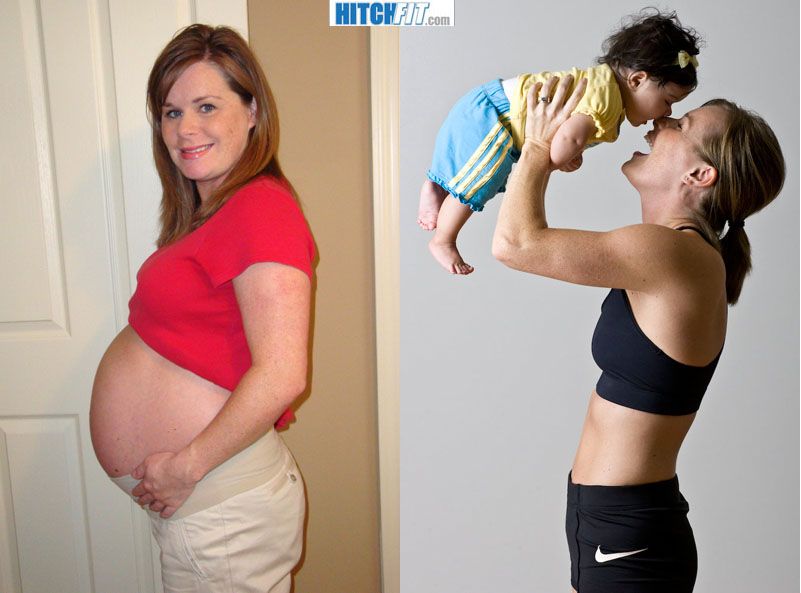
Twisting
Lie on your back, bend your knees and lock your hands behind your head. Raise your upper body. Return to the starting position and repeat the exercise.
Cycling
This aerobic exercise is a great workout for your heart when you're ready to push harder. Cycling helps to strengthen the muscles without putting stress on the joints, especially on the back or hips, which many women already feel sore after pregnancy.
Sports with babies for dads
In the turmoil that comes with the arrival of a new baby, it can be difficult for both moms and dads to balance outdoor activities and family life. So why not combine them? Active rest with a child will benefit both you and your baby. For example, you can put your child in a jogging stroller and go for a run together. A stroller with adjustable handles is perfect for taller dads, so you won't hit the stroller with your feet at every step.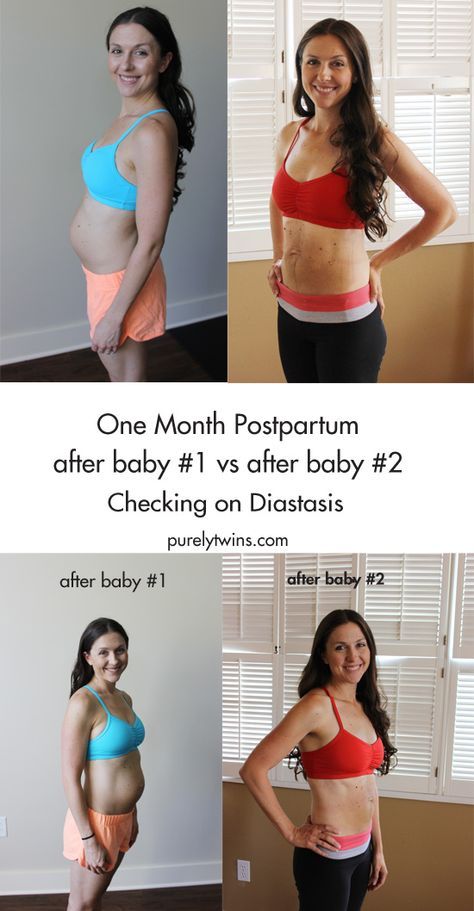
A bicycle trailer is available for long bike rides with a child. Some multisport models are suitable for both cycling and running - see our guide for selection recommendations. There are even bike trailers that can be equipped with a head support system so you can take your baby on bike rides as soon as they turn 6 months old.
When can I start playing sports after giving birth?
According to the 2020 American College of Obstetricians and Gynecologists guidelines, some women can start exercising just a few days after giving birth. However, it depends on how the birth went and whether there were complications during pregnancy. Since this is individual for each woman, start gradually and only under the supervision of doctors.
Are you expecting a baby?
Find the stroller that suits your lifestyle!
Go to the section "First child"
How to choose the right jogging stroller for you and your child
A guide to choosing the right jogging stroller for you and your family
To learn more
Stroller for a newborn.
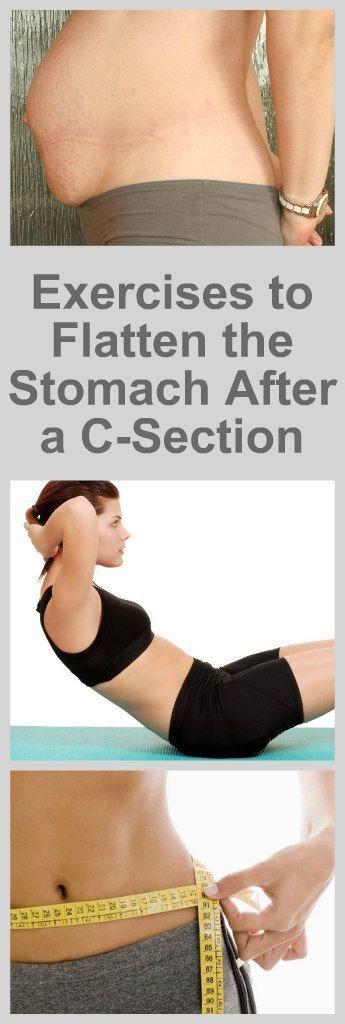 ..
.. ...How to make the best choice?
To learn more
View all articles
Top of page
shape the stomach, chest and back
Most women have problems with their figure after giving birth. Indeed, after the birth of a baby, the muscles in the abdomen, chest and back, the most “affected” during the gestation period, need to be strengthened. And it's not only about the figure, but also about health. It is not so difficult to recover them if you regularly perform a certain fitness complex and remember some simple rules.
The abdomen is the most problematic area for young mothers. However, it must be borne in mind that exercises to strengthen the abdominal muscles should be started no earlier than 6–8 weeks after a normal birth and 2–2.5 months after a caesarean section. This is due to the state of internal organs and the risk of injury.
Naturally, one should "start" with minimal loads, gradually increasing them. To achieve the desired effect, gymnastics should first be done at least three times a week, gradually moving on to daily workouts. Each exercise should be initially performed 2-3 times, gradually approaching 15 repetitions.
Below we list simple but effective exercises to restore the figure.
Abdominal exercises after childbirth
- Squats
Starting position: standing, legs together. During a slow squat, inhale, buttocks are pulled back as far as possible, the body is tilted forward, hands are on the middle of the thigh. On inspiration, the stomach should be rounded. When straightening, exhale, the back is straight, the arms are raised forward and slightly apart to the sides, the front wall of the abdomen is retracted. During the entire exercise, the heels are on the floor. - Hip lifts
The exercise is performed in the supine position.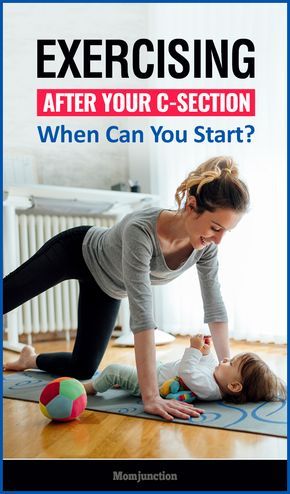 The knees are bent, the back is pressed to the floor. Press your back firmly to the floor, tighten your abdominal muscles and lift your pelvis up. Hold this position for a few seconds.
The knees are bent, the back is pressed to the floor. Press your back firmly to the floor, tighten your abdominal muscles and lift your pelvis up. Hold this position for a few seconds. - Body lifts
From a supine position, holding your hands behind your head, perform body lifts (angle - 45 °, exhale on the rise, inhale in the starting position). Make sure your back stays straight. - Lunges
Take the “emphasis” position - kneeling, lower your hands to the floor. Legs and arms are shoulder width apart. Lunge forward simultaneously with your left hand and right foot, then with your right hand and left foot. - Leg raises
From a position lying on your side, alternately perform lifts of the left and right legs: lying on the left side, lift the right leg, lying on the right - the left.
Postpartum Breast Exercises
The following exercises will help strengthen the chest muscles:
- Lock
Stand up straight, feet shoulder-width apart, hands clasped in the castle at chest level.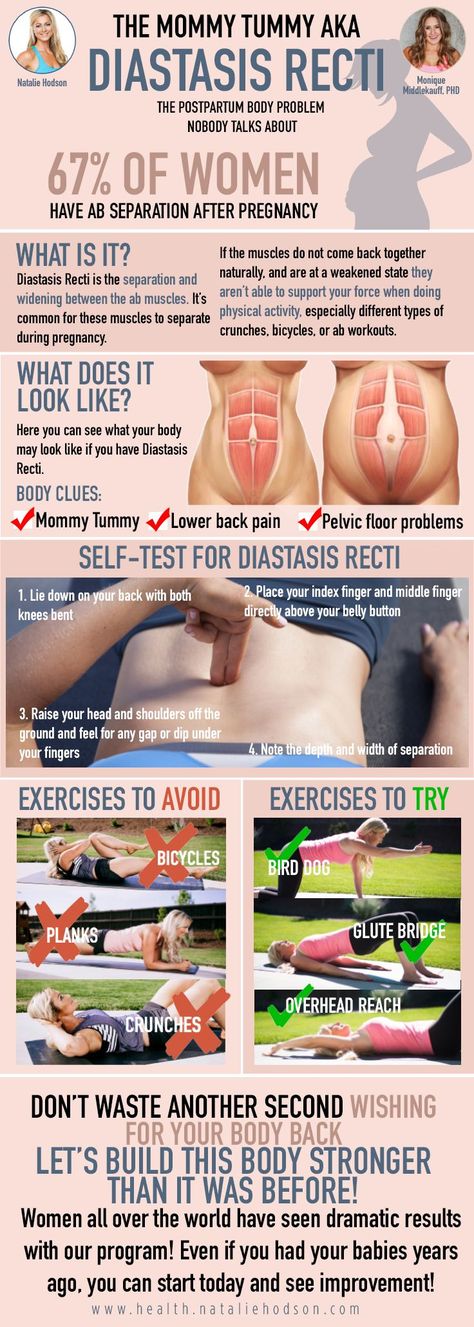 Press your hands on each other, strictly making sure that your hands remain in place. This exercise allows you to strengthen the lateral muscles of the chest.
Press your hands on each other, strictly making sure that your hands remain in place. This exercise allows you to strengthen the lateral muscles of the chest. - Reverse lock
We complicate the first exercise. To do this, an attempt should be made to separate the hands, while leaving the fingers interlaced and straining only the muscles of the shoulders and chest. - Wall stop
The exercise is performed against the wall. The arms are extended and pressed to her with palms at shoulder level. Press your hands against the wall (as if trying to move it), gradually increasing the pressure. Continue for 10-15 seconds. - Hand rotations
Take a standing position, feet shoulder-width apart. Bend your elbows, press your fingertips to your shoulders. Perform rotational movements with your hands, first forward, then back. - Mahi
Stand straight, arms lowered along the body.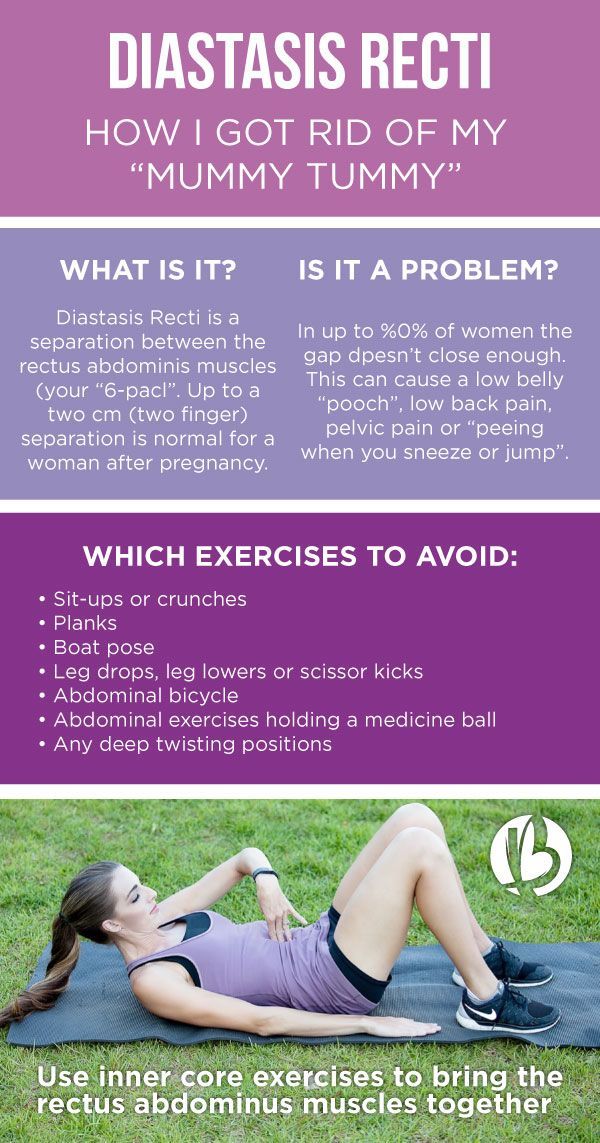 Raise one arm up and swing back. Swing forward from the starting position with your arms down. The exercise is performed alternately with both hands.
Raise one arm up and swing back. Swing forward from the starting position with your arms down. The exercise is performed alternately with both hands.
Exercises for the back after childbirth
The back experiences a lot of pressure during pregnancy. If there are no problems with the spine, then the following exercises are recommended after childbirth.
- Slopes
Stand up straight, put your hands on your belt. Do spring bends forward. - Twisting
From the same starting position, perform twisting turns of the torso to the right and left sides alternately. - Arm swings
Put your legs apart, raise your hands to your shoulders. Gently raise your shoulders and elbows forward, then straighten your arms, lift them up and do two springy swings back. - Half Squats
Place your feet shoulder-width apart, toes slightly apart.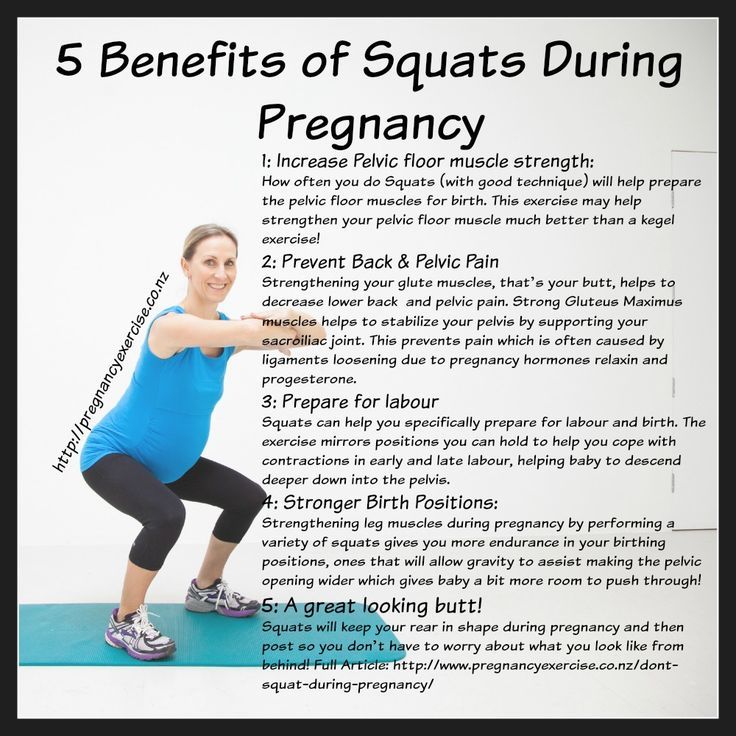 Make a smooth "circle" with your shoulders back, connecting the shoulder blades. Then take a semi-squat, tilt your head back and return to the starting position. After that, perform a “circle” with your shoulders forward, half-squat, and tilt your head forward.
Make a smooth "circle" with your shoulders back, connecting the shoulder blades. Then take a semi-squat, tilt your head back and return to the starting position. After that, perform a “circle” with your shoulders forward, half-squat, and tilt your head forward. - Slopes
Legs apart, hands brought together behind the head. Tilt your torso to the left, then to the right, then lean forward and back. Movements are performed in unison. Then the same on the other side.
It should be noted that after childbirth, swimming is very useful for strengthening all muscle groups. Moreover, you can swim already a week after discharge from the clinic (if there are no contraindications from the doctor). As for the gymnastics itself, it is better to start training under the guidance of an instructor. This will avoid sprains, overloads and injuries. In addition, a set of exercises should be compiled taking into account the physical form of a woman, her age, weight and individual characteristics.